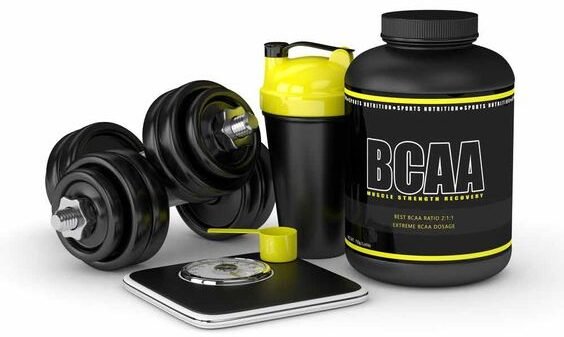For business professionals, flash drives are a very important part of daily life. Professionals use these handy, pocket-sized devices for transporting important information, auxiliary storage, backup, data transfer, and preparing for presentations. While many people prefer to use Cloud services, as opposed to flash drives, flash drives are still a very effective method of storage.
In addition to being very convenient, flash drives are also very affordable, which in many cases makes them a much better option for storage than Cloud storage.
This article will explain how you can avoid manually loading data onto your flash drives:
What Is a Flash Drive?
Flash drives, also known as USB sticks, thumb drives, and pen drives, are small, portable storage devices, which unlike optical drives or hard drives have no moving parts. Like other portable storage devices, flash drives plug straight into one’s computer. Computers have USB Type-A or USB-C plugs, which flash drives can be plugged into. The contents of a flash drive can be erased and rewritten an infinite number of times, making them a great option for business professionals who travel a lot and give a lot of presentations.
Using a Flash Drive
Flash drives, as already mentioned, plug straight into one’s computer. All computers are made with USB ports. When you have plugged your flash drive into your computer, you will likely receive an alert, notifying you that a device has been connected to your computer. If you do not, then you can locate your flash drive by finding your computer’s memory and devices folder, where it will show up. You either click the pop-up or navigate to the device manually, and you will be able to explore the files that are contained within it.
Flash drives are much more advanced today than they were several years ago. In fact, they can be used with Android phones or connected to one’s iPhone or iPad, through an adapter. Some flash drives have password locks, while others do not. If you are using your flash drive to store sensitive information, then a lock is very important. Some high-tech, modern flash drives will enable you to set up two-factor authentication. This means that in order to access your flash drive’s data, you have to input a code that will be sent directly to your phone or email.
Avoiding Manual Loading
Loading information onto your flash drive is a straightforward, but laborious, process. Some find it much easier to purchase a flash drive or an SD card with music preloaded, instead of loading music on themselves. There are services that will do this for you, for almost next to nothing. In addition to loading music onto flash drives for you, they will load software demos; PowerPoint slideshows; video clips; product brochures; catalogs; training documents, and other media. If you do not want to hire one of these services to manage your flash drive’s data, then you can do it yourself by dragging files into your flash drive’s home folder and waiting for it to load. This can take several hours, depending on the file sizes that you are loading.
Downloading Data
Downloading data is a much more straightforward process than uploading it is. Rather than having to wait several hours for data to upload, you simply drag and drop the files from your flash drive onto your computer’s home screen, or into a designated folder. If there are programs, videos, or audio files on your flash drive, then you can also open them directly from your flash drive by clicking them. If you are constantly on the move, downloading each file isn’t practical. It is better to open files directly from your flash drive.
Drive Sizes
Flash drives come in multiple sizes, with the most common being either 8 GB or 16 GB. It is important to mention however that they can go up to 2 TB. Flash drives that have larger drive sizes are naturally more expensive and can hold considerably more data than a typical, 8 GB drive. Large flash drives can be very difficult to find because they are often sold out. This is because large drives are in high demand, and like graphics cards, tend to sell out the minute that they are restocked. If you are lucky, however, then you will be able to find yourself a large capacity drive by shopping around online.
Flash Drive Alternatives
Flash drives have phased out the use of floppy drives, which were previously used for storage. They have also become more popular with computer users than CDs, DVDs, and BD discs. That’s not to say, however, that flash drives are the be-all and end-all of portable storage devices. Some people choose to use portable hard drives instead. The downside to hard drives is that they can be very large, and annoying to carry around, whereas a flash drive fits snugly into your pocket.
Additional Reads: Activate Locast.Org
The same companies that offer preloaded flash drives also offer preloaded hard drives. The cost is not much more to load a hard drive than it is a flash drive. One can also use the Cloud, though as explained earlier that is not always affordable, or practical. The Cloud is susceptible to being hacked, while a flash drive isn’t. Provided that you keep it safe and on you at all times, nobody can access the information that is held on it.
Alternative Uses
In addition to being used for storage, flash drives can also be used for some other interesting things, including:
- Flash drives can be used to lock and unlock your computer, adding an extra layer of security.
- Flash drives can be used to run portable applications from anywhere in the world.
- Flash drives can be used to install any operating system, easily and efficiently.
- Flash drives can be used to store important information and documents, as mentioned earlier. Documents like one’s passport and birth certificate are some of the things that you can store on your flash drive.
Flash drives are very useful pieces of technology, which, unlike other storage methods, are very affordable. They have multiple uses, from storage to security. In addition to being very affordable, they can also be purchased preloaded, which can save you a lot of time.






























































